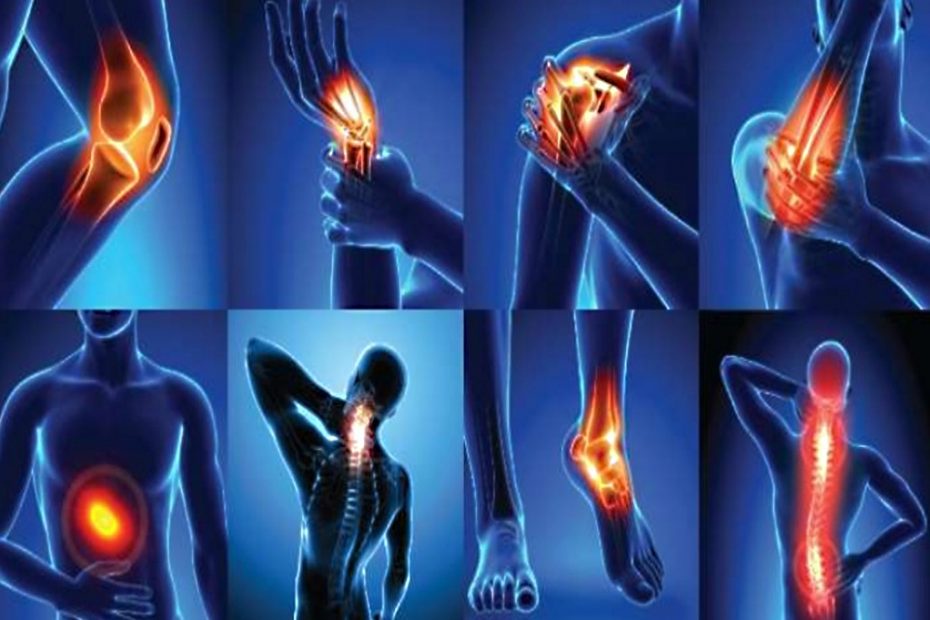Introduction:
Pain, an intrinsic part of the human experience, has long been a formidable adversary, prompting an unceasing quest for effective relief. From ancient remedies rooted in traditional practices to the cutting-edge innovations of modern medicine, the pursuit of alleviating pain has evolved into a multifaceted journey. In this comprehensive exploration, we delve into the diverse landscape of pain relief, examining a spectrum of strategies that encompass medical interventions, holistic approaches, and lifestyle modifications. By understanding the intricate nature of pain and embracing a holistic perspective, individuals can embark on a journey towards comprehensive well-being.
Understanding the Complexity of Pain:
Pain is not a mere sensation but a complex interplay of physiological, psychological, and emotional factors. It serves as a vital signaling mechanism, alerting the body to potential harm or injury. Acute pain, a natural response to immediate threats, safeguards our well-being. However, when pain becomes chronic, persisting long after the initial cause has been addressed, it evolves into a multifaceted challenge that demands a nuanced and holistic approach to management.
Types of Pain:
Distinguishing between acute and chronic pain forms the cornerstone of devising effective relief strategies. Acute pain typically emerges suddenly and is often linked to injury, surgery, or illness, with a well-defined duration. In contrast, chronic pain endures for an extended period, lasting beyond the expected healing time, and is associated with conditions such as arthritis, neuropathy, or fibromyalgia. Recognizing the specific characteristics of pain is crucial for tailoring personalized and targeted relief plans.
Medical Approaches to Pain Relief:
Analgesic Medications:
Analgesic medications, including nonsteroidal anti-inflammatory drugs (NSAIDs), acetaminophen, and opioids, constitute a primary line of defense in medical pain management. NSAIDs, such as ibuprofen, address pain and inflammation. Acetaminophen offers pain relief without anti-inflammatory effects, while opioids are reserved for severe pain due to their potency and potential for dependence. A judicious understanding of these medications is vital to achieving a balance between pain relief and potential risks.
Physical Therapy:
Physical therapy stands as a cornerstone of non-pharmacological pain management, focusing on restoring mobility, strength, and functionality. Skilled physical therapists employ a variety of techniques, including exercises, stretches, and manual therapies, to address underlying causes of pain. This holistic approach not only alleviates pain but also empowers individuals by enhancing their body's natural healing abilities.
Injections and Nerve Blocks:
Medical interventions, such as corticosteroid injections and nerve blocks, offer targeted relief for specific pain sources. Corticosteroid injections aim to reduce inflammation, providing relief for conditions like arthritis. Nerve blocks temporarily disrupt pain signals, offering respite for individuals dealing with chronic pain. These interventions are considered when conventional treatments prove insufficient.
Surgical Interventions:
When conservative measures fall short, surgery becomes a viable option to address the root causes of pain. From minimally invasive procedures like arthroscopy to more extensive surgeries such as joint replacements, surgical interventions aim to restore optimal function and alleviate pain. Surgical decisions involve a careful weighing of risks and benefits, emphasizing the importance of informed decision-making.
Holistic Approaches to Pain Relief:
Mind-Body Techniques:
Recognizing the intricate connection between mental and physical well-being, mind-body techniques provide a holistic approach to pain relief. Practices such as meditation, deep breathing, and guided imagery serve as powerful tools to induce relaxation, reduce stress, and alleviate pain. Mindfulness-based stress reduction (MBSR) programs, rooted in ancient contemplative practices, have gained recognition for their efficacy in managing chronic pain by fostering awareness and acceptance.
Acupuncture:
Derived from traditional Chinese medicine, acupuncture involves the insertion of thin needles into specific points on the body to rebalance energy flow and stimulate natural healing processes. Numerous studies suggest that acupuncture may effectively alleviate various types of pain, making it a sought-after complementary therapy in pain management.
Chiropractic Care:
Chiropractic care focuses on the musculoskeletal system, particularly the spine, recognizing its impact on overall health. Manual adjustments aim to correct misalignments, restore proper function, and alleviate pain. Conditions such as back pain, neck pain, and headaches find relief through chiropractic interventions, which emphasize the body's innate ability to heal.
Herbal Remedies:
Herbal remedies, rooted in traditional medicine, offer a natural and holistic approach to pain relief. Plants such as turmeric, ginger, Devil's Claw, and others are known for their anti-inflammatory properties. Extracts like arnica and willow bark, historically recognized for their analgesic properties, contribute to the rich tapestry of herbal pain relief.
Massage Therapy:
Massage therapy, an ancient practice with modern relevance, involves manipulating soft tissues to promote relaxation, reduce muscle tension, and enhance circulation. Various techniques, including Swedish massage, deep tissue massage, and trigger point therapy, cater to different types of pain, providing both physical and emotional relief. Massage therapy embodies the interconnectedness of body and mind in the pursuit of holistic well-being.
Lifestyle and Home Remedies:
Exercise and Physical Activity:
Regular exercise is foundational to holistic pain relief and overall well-being. Engaging in activities such as walking, swimming, or yoga not only promotes physical health but also enhances mood, reduces inflammation, and positively influences pain perception. Customizing exercise routines to individual abilities ensures sustainable pain management.
Hot and Cold Therapy:
The elemental power of temperature can be harnessed for immediate pain relief. Heat therapy, using hot packs or warm baths, alleviates muscle stiffness, while cold therapy, through ice packs, reduces inflammation and numbs areas affected by acute pain. Alternating between hot and cold applications can provide additional relief.
Adequate Sleep:
Quality sleep is a fundamental component of holistic well-being and pain relief. Establishing consistent sleep patterns, creating a conducive sleep environment, and addressing sleep disorders contribute to restful sleep, facilitating the body's healing processes and positively impacting pain perception.
Healthy Nutrition:
Nutrition plays a pivotal role in managing inflammation and supporting overall health. A balanced diet rich in anti-inflammatory foods, such as fruits, vegetables, and omega-3 fatty acids, can positively impact chronic pain conditions. Minimizing processed foods and excessive sugar intake contributes to inflammation reduction and supports holistic pain


No comments yet